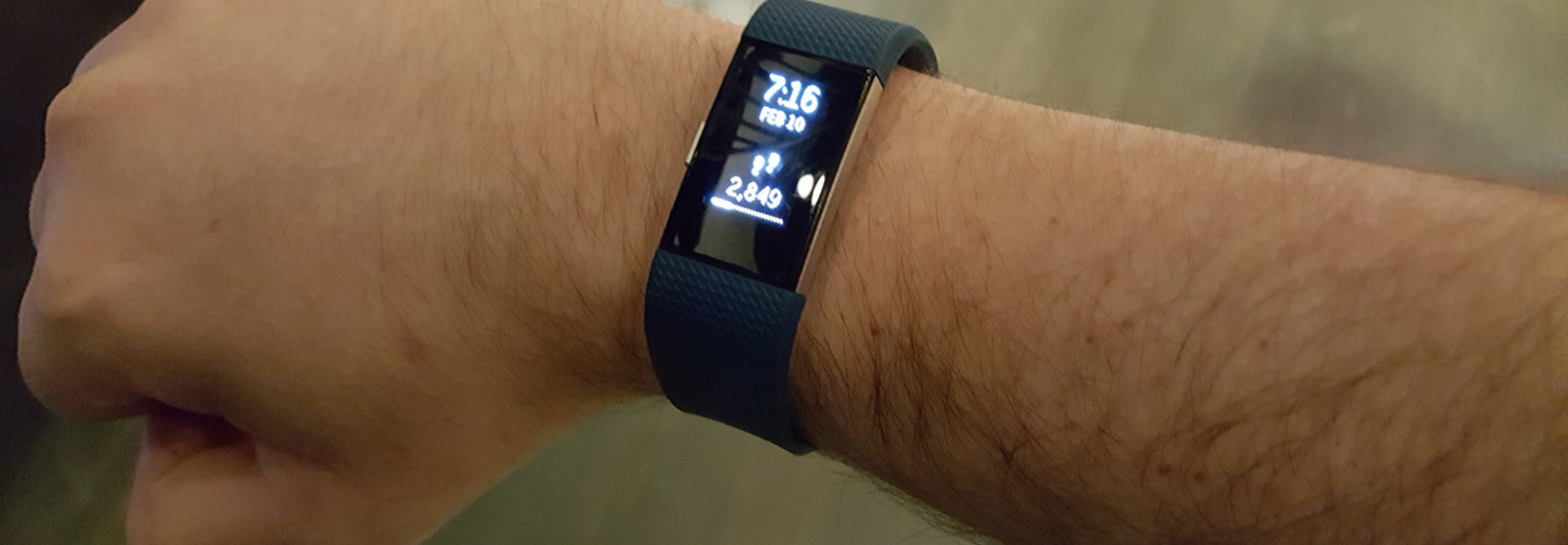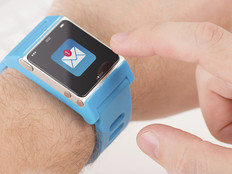Want to Improve Employee Productivity? Wearables Could Be the Answer
The self-tracking movement has exploded in recent years as consumers use smartphones, wearables and apps to monitor everything from their workout progress and sleep patterns to their personal productivity. Now, the trend is catching on in the workplace.
Businesses are looking to technology to measure workers’ activities, creating a more productive and efficient workforce, says Dr. Phoebe Moore, a senior lecturer at Middlesex University in London who has done extensive research on the subject.
The growing initiative, called the “quantified self at work” or the “quantified workplace,” comes in many forms, Moore says. In some cases, businesses equip employees with wearable sensors that track their movements and speech patterns. Through data analysis, employers then look for trends and make adjustments aimed at boosting performance — perhaps, by redesigning office spaces to encourage communication and collaboration.
In other instances, companies use gamified, goal-setting apps, which provide a central dashboard for managers and employees to track and discuss their progress.
Fitness Trackers Find a Home in the Workplace
According to Moore, one popular way for businesses to implement the quantified workplace is through corporate wellness programs that outfit workers with fitness trackers, measuring the distance they walk each day.
The goal is to promote exercise. Healthier employees means less absenteeism and improved productivity, explains Gloria Mark, an informatics professor at University of California, Irvine.
That’s exactly what sales manager David Rektorski was thinking when he offered fitness trackers to his employees at Hino of Chicago, a truck dealership in Cicero, Ill.
The program, run through the company’s health insurance provider, allows Rektorski and his employees to earn up to about $1,000 per year to pay for out-of-pocket medical expenses if they meet daily walking goals.
“The healthier my employees are, the better they feel, and the more productive they are,” Rektorski says. “They are not going to call in sick.”
As part of a similar wellness program, Machias Savings Bank in Maine equipped 80 employees with Fitbits last January. Shauna MacDonald, the bank’s assistant vice president of human resources, says employees have made significant health improvements in the year since, and she believes the technology contributed to the change.
“The Fitbits have gotten people up and moving,” MacDonald says. “The number of people exercising has increased, and our health claims have gone down.”
Balancing Privacy with Productivity Aims
As companies embrace quantified workplace technologies, managers must tackle issues surrounding employee privacy. UC Irvine’s Mark suggests that companies look at the data in aggregate, allowing individual employees to retain their privacy.
History has shown that taking this broader look can still produce impressive outcomes: Bank of America, which first studied the use of personal sensors in 2010, analyzed aggregated statistics to determine that call center employees worked better when they took breaks at the same time. According to an article in ComputerWorld, tweaking the schedule to allow for overlapping breaks increased productivity of the group by 20 percent while reducing stress levels by the same amount.
Relying on employees to share their own tracking data can also increase productivity without creating privacy issues. Machias Savings Bank and Hino of Chicago — neither of which monitor their employees’ fitness trackers — found that simply facilitating fitness-tracking competitions and data sharing among employees creates social motivation and improves results.
That sort of balance is just what companies should strive for when pursuing the quantified workplace, Moore says: “The ideal scenario is one that benefits both the workers and the people who run the company.”









